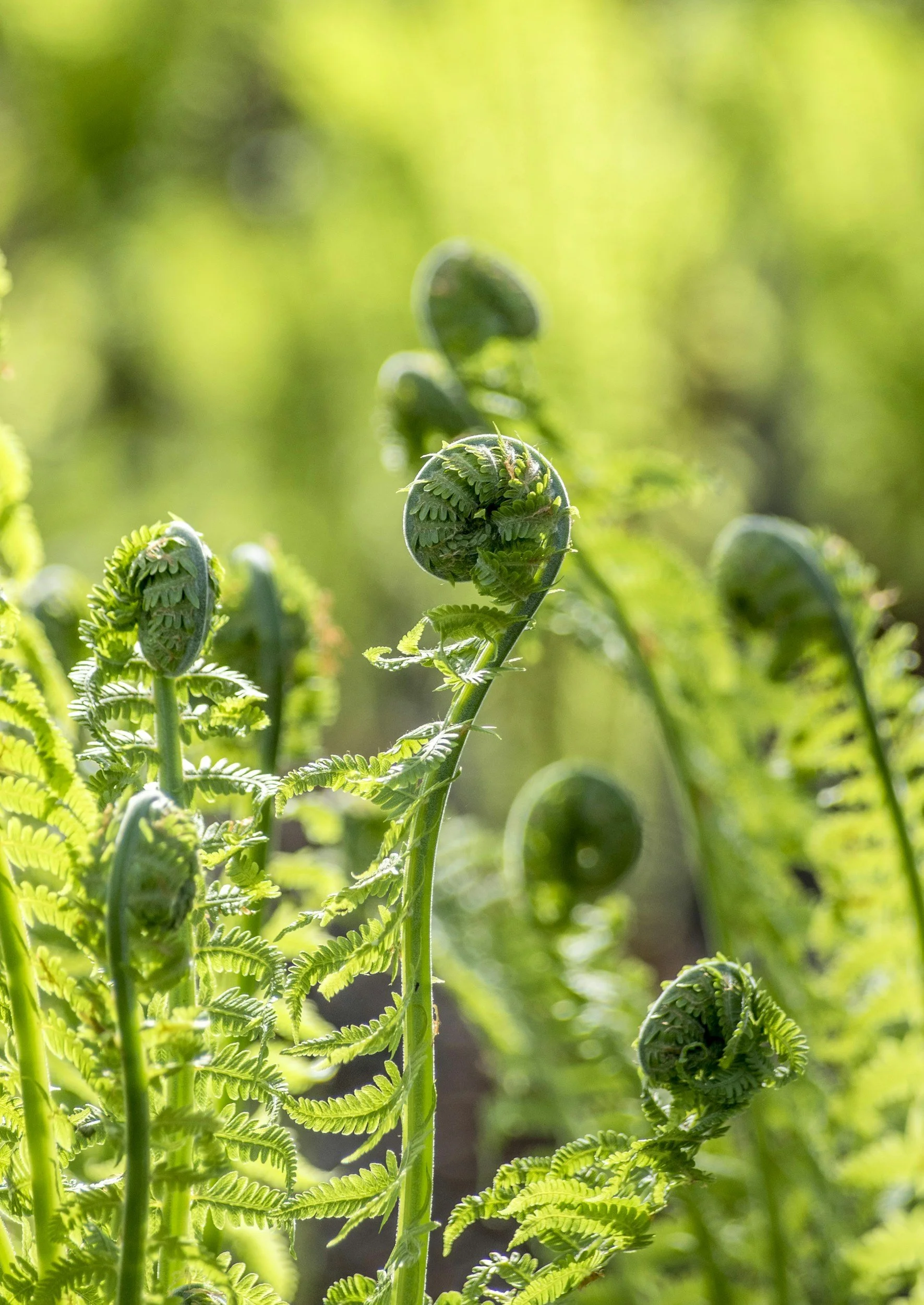
Ethos
-

Wayfinding
How we care for the land reflects
how we care for ourselves.Through practical support and thoughtful relationship, we reconnect inner life with the living world, creating spaces where both people and ecosystems can find balance.
These guiding questions support alignment as projects evolve, grounding us in clarity and connection with the health of living systems:
Purpose: Does this choice reflect the larger vision we are working toward?Discernment: Are we consistently acting in alignment over time?
Adaptability: Are we staying responsive to change and attuned to what the land is offering?
Integrity: Does this action support the well-being of land, people, and process?
-

Philosophy
Open Ecology is guided by the enduring intelligence of old-growth forests: resilient, diverse, and deeply interconnected.
Harmony with Earth begins with the alignment of internal and external ecosystems.
Through deep listening, intentional action, and mindful stewardship, we cultivate systems that honor the intrinsic value of all life.
Nature teaches us the value of:
Community: Interconnection supports balance and mutual care.
Resilience: Ecosystems recover from disturbance through adaptation and relational stability.
Diversity: A rich variety of life fosters long-term vitality and renewal.
-

Principles
These foundational truths guide how we engage with ecosystems, people, and ourselves. They shape our actions and help us stay aligned with our values:
Listen Deeply
Respect begins with attention to what is already present.Co-create with Nature
Partner with the intelligence of living systems.Begin Where You Are
Accept what is.
Growth cannot be rushed.Support Vitality
Encourage diversity rather than control.Tread Lightly
Minimize disturbance while remaining attentive.Use What You Have
Avoid waste.
Work within existing resources. -

Practices
These daily steps translate philosophy into action and help bring vision to life:
Clarify Direction
Begin with shared goals grounded in care for ecology and people.Observe and Reflect
Engage with the land to understand what is needed and what is already working.Grow Gradually
Honor natural timing. Change unfolds over seasons, not shortcuts.Offer Alternatives
Suggest solutions that balance ecological integrity with human use.Deepen Connection
Strengthen relationships with the land through presence, care, and curiosity.
Living in Balance
Open Ecology supports a regenerative approach to land care, grounded in the interconnectedness of all life. By weaving together philosophy, principles, and daily practices, this work encourages steady growth, both ecological and human, guided by care, patience, and long-view thinking.
Each project begins by recognizing present realities and working with what is already available. Progress unfolds gradually, shaped by consistency, attention, and purpose.
This approach extends beyond technical work. It includes creating environments where people feel safe, connected, and engaged. By honoring both ecosystems and the people who tend them, Open Ecology helps strengthen the relationship between land, community, and shared purpose.
Every decision becomes part of a more balanced way of living, where stewardship is not only about resilience but also about belonging and mutual renewal.

Navigating Disagreement
When a proposed action does not align with the core philosophy or principles of this work, the focus is on maintaining integrity while keeping the conversation open. The first step is often returning to the shared goals and noticing where something feels out of sync. That might look like asking clarifying questions, offering gentle observations, or simply inviting a pause for reflection. At times, it means naming a potential conflict between the proposal and the original intention, such as when a plan risks compromising habitat or biodiversity.
The aim is not to control the outcome, but to support choices that reflect care, clarity, and a commitment to the purpose behind the work.
When something does not feel in alignment, alternative options may be offered. These are not presented as corrections, but as possibilities that better reflect the original goals. Often, this means suggesting an approach that supports both ecological health and the outcomes the project is working toward. The hope is to find solutions that feel good to the land and to the people involved.
Meaningful outcomes often come from thoughtful dialogue. With curiosity and care, we can find a path forward that honors both the vision and the land.

Land and Lineage Acknowledgment
Wherever we find ourselves—whether working, gathering, traveling, or tending land—we are on Indigenous land.
The places I live, work, and host gatherings are shaped by the histories and continued presence of Indigenous communities. These communities have lived in relationship with Earth since time immemorial, carrying deep knowledge, cultural memory, and ways of being that continue to this day, often despite profound loss and ongoing injustice.
I share this acknowledgment with humility and respect. I do not speak from within these traditions, but I recognize the importance of listening to Indigenous voices, supporting Indigenous sovereignty, and honoring the care that has been offered to these places for generations.
If you would like to learn more about the Indigenous peoples of the land you are on, visit Native Land Digital, an Indigenous-led resource that offers maps and educational tools to support awareness and learning.

